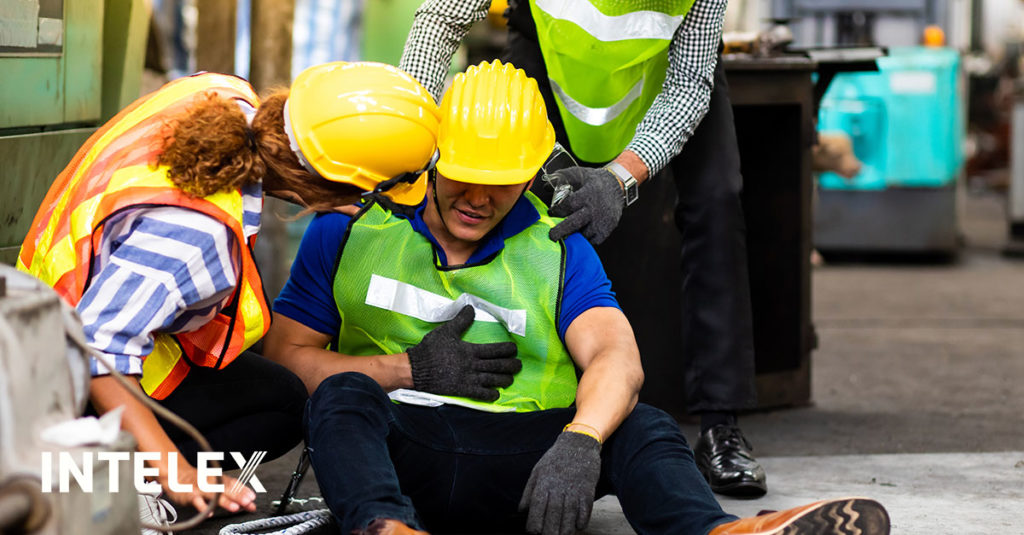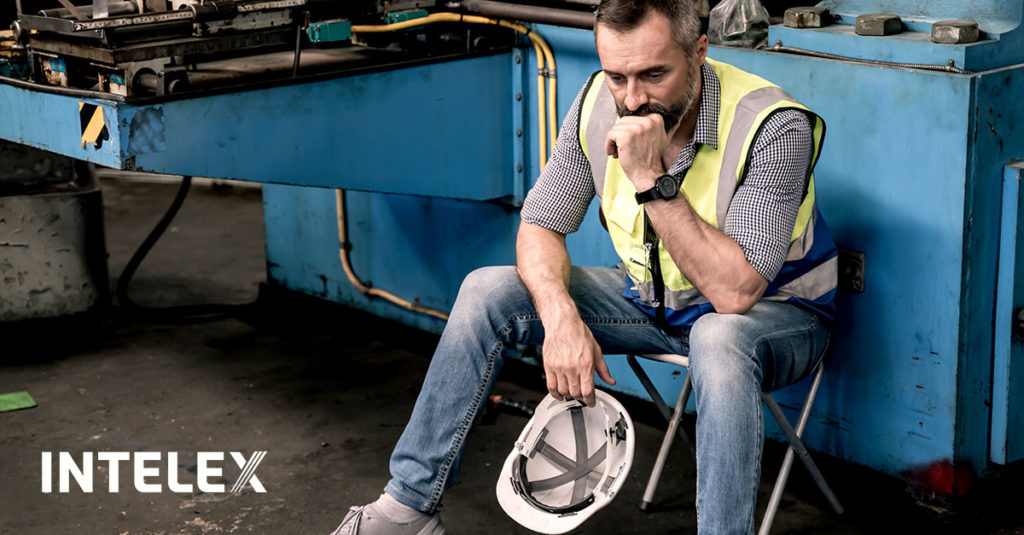
Long work hours, lengthy commutes and insufficient sleep contributed to risky driving among oil and gas extraction (OGE) workers, according to On the road again: a cross-sectional survey examining work schedules, commuting time, and driving-related outcomes among U.S. oil and gas extraction workers, a study recently published in the American Journal of Industrial Medicine. In addition, insufficient employer policies in these areas were associated with a greater likelihood of risky driving.
Compared to all U.S. workers, OGE workers were more likely to die on the job during 2003–2013, according to a previous CDC study. Motor vehicle crashes are the leading cause of work-related death in the industry, yet … Read more...









